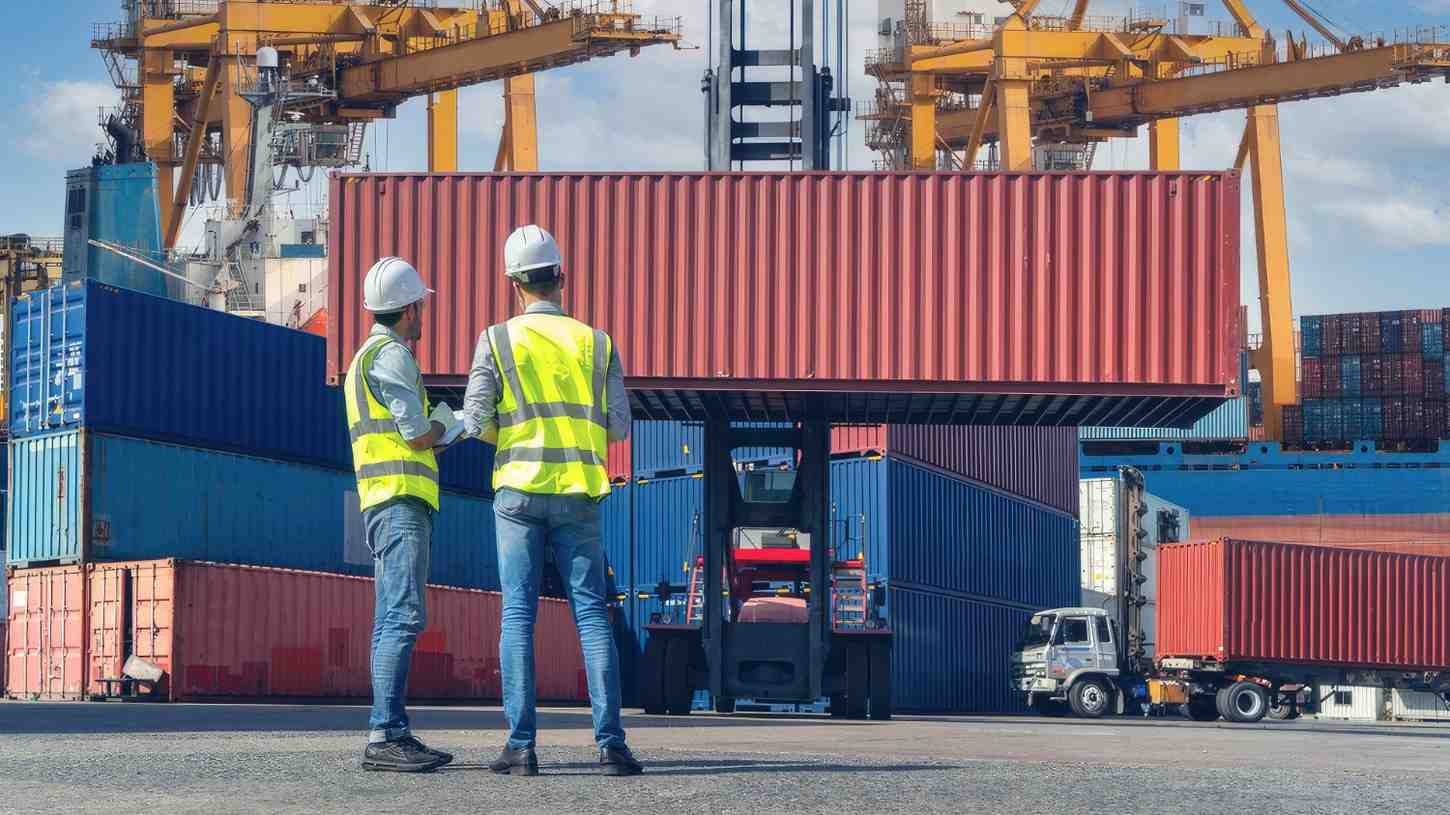
There is hardly a business where logistics isn’t one of the most important things to get a handle on. Logistics costs are such that you can’t skimp on them without your business suffering in the long run, but they can also spiral out of control without proper management. It goes to follow, then, that success follows those who manage to reduce these costs while maintaining customer satisfaction and level of service.
The short of it is that this can be achieved with planning, decision making based on the right data, and a partnership with the right 3rd Party Logistics company, or 3PL. The devil is in the details, however; in the rest of this article, we’ll be identifying the various costs associated with logistics, and what we can do to reduce our costs in the area.
Logistics Costs
Firstly, let’s clarify what we mean by ‘logistics costs. Put simply, we can say that these are the expenses involved in moving goods from a source to a destination. They typically include procurement, storage, labor, packaging, transportation, and administrative costs. While these costs are typically handled by a logistics company, there may be additional costs in the form of logistics software or warehouse equipment. Let’s look at some typical costs in a bit more detail.
Transportation
One of the more obvious and expected expenses faced by a logistics company is transportation. Transportation is what moves your actual product through the supply chain.
You can either perform the transportation yourself, or outsource it to another logistics company. In this way, your transportation costs may involve things like fuel costs and postage, but it pays for itself with the additional focus you gain that you can turn towards your core business.
Warehousing
One of the largest pieces of your budget will probably go towards warehousing. Warehousing costs include rent, lease-agreements, a warehouse management system, and various administrative expenses (such as supplies and equipment).
Fulfillment
Again, you can handle fulfillment yourself, or you can outsource it to a fulfillment company, or a logistics company that offer these services. You’ll have to deal with set-up, receiving, storage, and picking/packing fees. There may also be box and order insert fees, custom labelling, return fees, and any associated account management fees.
Inventory
Logistics costs also include inventory, procurement, and storage costs. Managing these can get very expensive, with costs such as ordering, carrying, shortage/out-of-stock, and replenishment.
Inventory costs can also be those that are incurred through less desirable events, such as loss, pilferage, or obsolescence of stock.
Sources of Influence on Logistics Costs
Depending on the complexity of your supply chain, and the scope of your business, there are several things that can influence the costs of logistics, whether for you or for your partner logistics company. Some of these things include:
1- Rent fluctuation
Labor Market for Commercial Drivers
2- Fuel Costs
Global trade restrictions, tariffs, and regulations
Reducing Logistics Costs
Now that we know what it is we need to reduce, we can examine the kinds of things a logistics company can do to cut costs.
Improve Customer Satisfaction
This may seem like an obvious thing to do normally; happier customers mean better bottom line. What steps can you take in your logistics to achieve this? E-commerce retailers, for example, typically adopt two practices to help with this:
Reduce Cart Abandonment Rate: Many e-commerce retailers now offer low or no shipping in order to minimize cart abandonment.
Increase Average Order Value: Implementing a minimum spending threshold for shipping will entice customers to have larger carts, offsetting shipping costs.
Minimize Travel Times
For customers that are long distances away, you can save heavily on shipping by outsourcing warehousing and fulfillment to a logistics company that is closer the target market. This logistics company will be able to reach your customers much more efficiently.
Localize Procurement
In the same vein, it is far more efficient to procure materials from suppliers that are near your manufacturing plant, rather ship them over large distances
Combine Shipments
If you find yourself sending multiple partial shipments to a location with some frequency, it is better to consolidate them into a single full shipment. This will reduce the number of loads you’re paying for and, therefore, your transportation costs.
Focus On Informed Decision Making
You can only really reduce your costs effectively if you know what’s going on, and the only way to do that is to analyze data. You can’t see where to cut costs if you don’t know where you’re incurring costs that can be reduced. A warehouse manage system or a transport management system can provide you or your partner logistics company the data you need to improve your operations and maximize efficiency.
Automate Warehouse and Logistics Processes
Warehouse automation allows for performing tasks with less time, effort, and resources than would otherwise be possible. Technology such as automated storage and retrieval systems, modular shelving, and robotics allows a logistics company to operate at a fraction of its cost while enjoying greatly increased efficiency.
Outsource your Operations to a 3PL
We’ve talked about them a lot, but implementing the above may be more long-winded and costly than the immediate reduction in costs you will see by partnering with a reputable logistics company. 3PL companies are more than just shipping, after all; they maintain warehouses, fulfillment centres in addition to maintaining service customization and advanced business intelligence.
Join Wahyd logistics marketplace in Pakistan for convenient, cost efficient and secure movement of your goods. You can also talk to our experts at 03447778111 and discuss how you can optimize your logistics operations.






